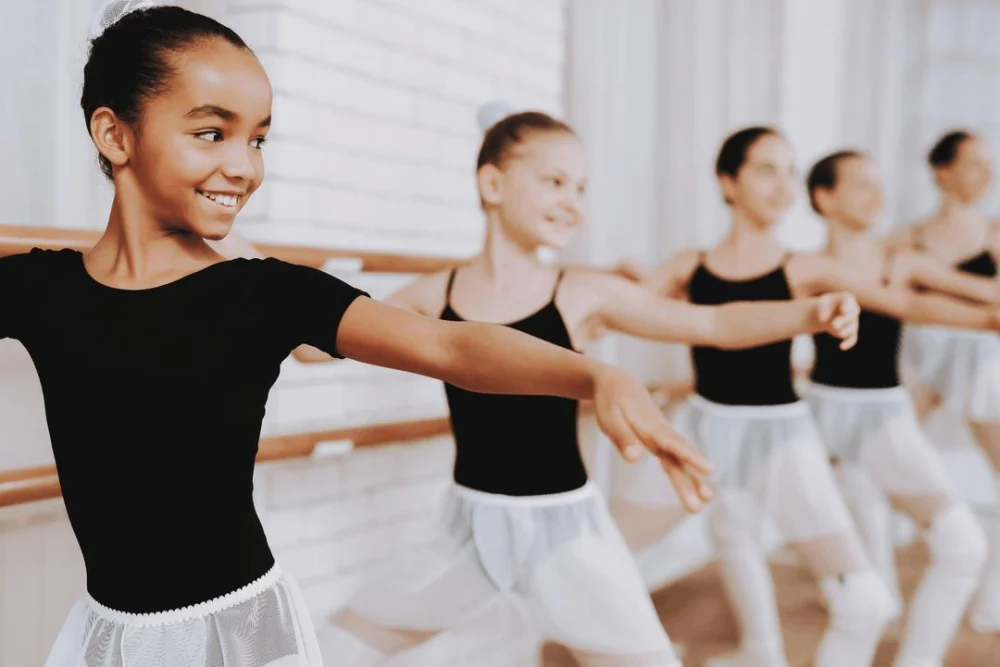
- dance-education-in-lowell-area-schools - Dance Education in Lowell Area Schools
- types-of-dance-programs-available - Types of Dance Programs Available
- integration-of-dance-in-curriculum - Integration of Dance in Curriculum
- student-benefits-and-skills-development - Student Benefits and Skills Development
- a-local-story-a-students-journey-through-dance - A Local Story: A Student’s Journey Through Dance
- supplemental-options-outside-the-classroom - Supplemental Options Outside the Classroom
- recommendations-for-families-in-lowell - Recommendations for Families in Lowell
1. Dance Education in Lowell Area Schools
If you've ever wondered, “do Lowell area schools have a dance program?”—the answer is a promising yes. Across both public and private institutions, dance is being embraced not only as an extracurricular but increasingly as part of a school’s holistic arts curriculum. While offerings vary between districts and individual schools, many in the Greater Lowell area are integrating dance in ways that promote creativity, coordination, and cultural awareness.
From elementary movement classes to competitive high school teams, students have access to a range of opportunities that foster both technical skill and expressive movement.
2. Types of Dance Programs Available
2.1 Elementary and Middle School Exposure
In earlier grades, dance is often introduced through physical education or creative arts modules. Students learn basic rhythm, balance, and movement games—laying the groundwork for more formal dance education in later years.
2.2 High School Dance Courses and Teams
Many high schools in the Lowell area offer elective dance classes that count toward arts or physical education credits. These classes may include modern dance, jazz, hip hop, and even ballet. Several schools also have dance teams that compete at regional events or perform during school assemblies and sports events.
2.3 After-School and Club-Based Programs
Outside regular hours, dance clubs and student-run choreography groups offer students additional ways to explore styles and collaborate creatively with peers. These programs are often supported by passionate faculty or community volunteers.
3. Integration of Dance in Curriculum
Some Lowell area schools go further by integrating dance into academic lessons. For example, dance may be used to explore storytelling in literature, cultural traditions in social studies, or even human anatomy in science through kinesthetic learning. This interdisciplinary approach has shown to improve engagement and retention, especially for kinesthetic learners.
Schools that implement arts-integrated models often find that students become more confident and collaborative, especially when projects involve performance and critique.
4. Student Benefits and Skills Development
Beyond the thrill of performance, dance programs help students build essential life skills. These include:
- Improved physical coordination and fitness
- Enhanced creativity and emotional expression
- Increased confidence and stage presence
- Time management and discipline through rehearsals
- Teamwork in ensemble and choreography work
Parents in Lowell have reported that participation in dance has significantly improved their child’s social development and academic focus.
5. A Local Story: A Student’s Journey Through Dance
Take the story of Alicia M., a sophomore at Lowell High School. She started dancing in her elementary school’s movement program and eventually joined her high school’s contemporary dance class. With encouragement from her teacher, she auditioned for the school’s varsity dance team and found a new sense of belonging. “Dance gave me a voice I didn’t know I had,” she shared. “It helped me grow as a person and even helped with my college applications.”
Stories like Alicia’s are proof that school-based dance programs can be life-changing.
6. Supplemental Options Outside the Classroom
While school programs provide great foundations, students looking for more intensive training or diverse styles may explore local dance studios. In the Lowell area, American Dance Academy offers a comprehensive selection of classes from classical ballet to street-style hip hop, often taught by professionals with real-world performance experience.
These outside institutions can serve as both a complement to school programs and a pathway to professional opportunities in dance.
7. Recommendations for Families in Lowell
If you’re a parent or student in the Lowell area wondering how to get involved in dance, start by checking your school’s offerings. Speak to arts coordinators or PE staff to learn more. If the in-school options feel limited, consider expanding into community programs.
We recommend exploring American Dance Academy for personalized instruction, beginner-friendly classes, and advanced training options. It’s a great way to build skill and passion, whether your child is just starting or aiming for a future in dance.
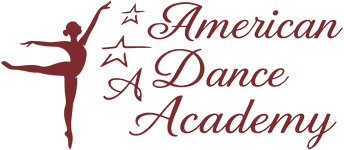
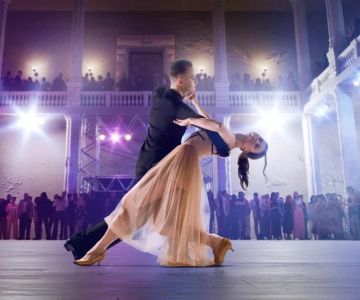
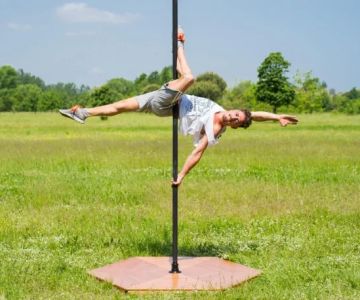
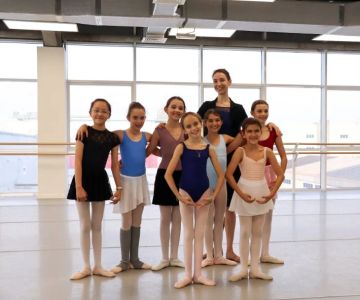
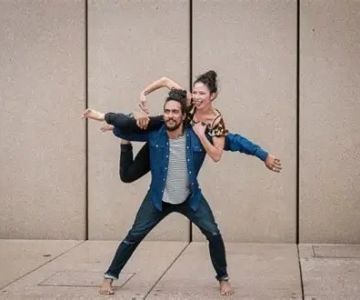

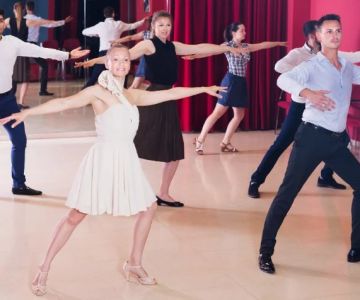
 Barrington Dance Academy5.0 (22 reviews)
Barrington Dance Academy5.0 (22 reviews)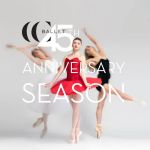 Canyon Concert Ballet4.0 (17 reviews)
Canyon Concert Ballet4.0 (17 reviews)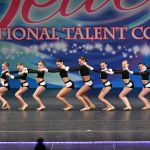 Big City Dance Center LLC4.0 (25 reviews)
Big City Dance Center LLC4.0 (25 reviews)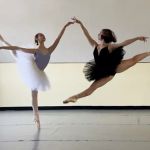 Tye Chua Dance & Kalamazoo Ballet5.0 (18 reviews)
Tye Chua Dance & Kalamazoo Ballet5.0 (18 reviews)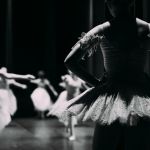 Fenton Ballet Theatre4.0 (24 reviews)
Fenton Ballet Theatre4.0 (24 reviews) Front Street Dance Center5.0 (7 reviews)
Front Street Dance Center5.0 (7 reviews)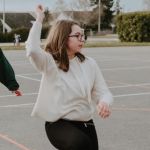 Are There Dances in Middle School? What Students and Parents Should Know
Are There Dances in Middle School? What Students and Parents Should Know How a Dance School in Instagram Builds Community and Success
How a Dance School in Instagram Builds Community and Success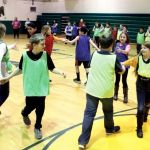 Why Do Schools Teach Square Dancing?
Why Do Schools Teach Square Dancing?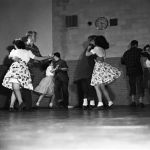 Why Was Square Dancing Taught in School?
Why Was Square Dancing Taught in School? Why Swing Dance Is Popular for Adults
Why Swing Dance Is Popular for Adults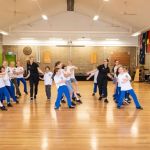 A School Dance: How to Prepare, Shine, and Make It Unforgettable
A School Dance: How to Prepare, Shine, and Make It Unforgettable